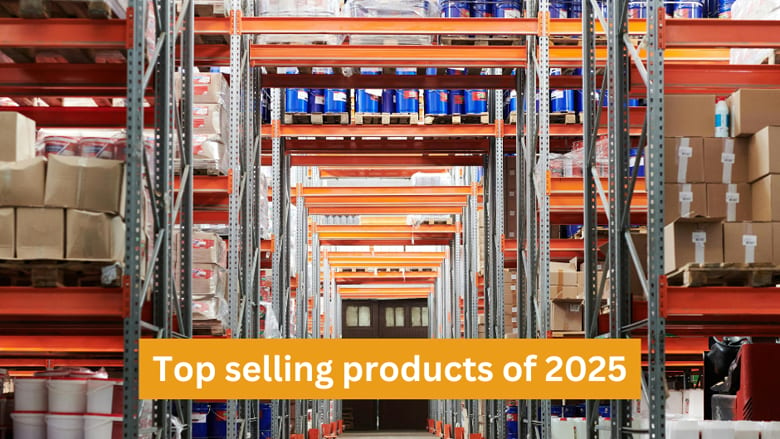FROM THE EDITOR
By Natalie Forster / Chief Editor
Beyond the buzzwords
What your shelves reveal about 2025’s product trends.

SDI Productions / E+ / Getty Images
We’ve heard plenty of big themes this year — digital transformation, decarbonization mandates, and the next wave of supply chain optimization. But here’s the thing: those headlines don’t tell the full story of what’s actually happening on the ground. The real pulse of this industry lives in your aisles, in the bins and racks where orders are being pulled, and at the counters where contractors pick up what they need today, not just what someone predicted they’d need tomorrow.
That’s why we’re inviting you to take part in our quick survey of top-selling PHCP-PVF products for 2025. Because your data — what’s moving, what’s slowing, and what’s holding steady — tells the most honest story of all.
As editors, we spend our days spotlighting what’s new and what’s next: the cutting-edge technologies, the latest acquisitions, the innovations promising to “disrupt” the marketplace. But success in this business is measured not in buzzwords, but in boxes shipped, invoices closed, and customers coming back. When a product line earns steady reorders, that’s when innovation truly sticks.
And right now, the numbers tell an interesting story. According to the American Supply Association’s most recent sales report, industrywide wholesale trade in mid-2025 was up just over six percent year-over-year, while inventories climbed a modest 1.3%. That balance suggests something healthy — not overheated, but steady growth with wholesalers staying disciplined on stock levels. In other words, people are buying smart.
We’re seeing similar measured growth across key verticals. U.S. residential HVAC sales are projected to rise roughly 7.5% annually from 2025 through 2030, reflecting continued demand for high-efficiency systems and new construction recovery. On the PVF side, North American project spending tied to pipe, valves and fittings is forecast to hit $42.5 billion this year, up from about $40 billion in 2024 — a sign that industrial and infrastructure work continues to underpin distributor volume. And while the broader HVAC and hydronics wholesaling segment in the U.S. now represents a $76 billion market, it’s posting only about one percent annual growth — reminding us how much competition, pricing discipline, and product mix matter right now.
Those numbers underscore why this survey matters. The market isn’t soaring; it’s evolving. Growth pockets are shifting toward efficiency upgrades, smart controls, and retrofits. Contractors are balancing cost with convenience. Distributors are being more selective about what earns shelf space. Which means the question “What’s really selling?” carries more weight than ever — because it reflects not just preference, but survival strategy.
Our goal with this year’s Top Products survey is to cut through the noise and capture that reality. We’re asking wholesalers across the country to share their best-selling products in a few key categories — from PHCP fixtures and PVF components to HVAC equipment and hydronic systems. It’s quick, it’s confidential, and it helps paint a collective picture of where our industry stands today.
By contributing, you’ll also gain access to the aggregated results — a peer-to-peer snapshot of what’s driving demand across distribution. Manufacturers can learn from it. Contractors can see where the market’s trending. And wholesalers can benchmark their own inventory mix against national data.
This moment matters. 2025 has been a year of transition: efficiency standards tightening, pricing adjustments rippling through the supply chain, and the growing influence of digital ordering on stocking strategy. The products that move off your shelves this year may foreshadow what 2026 — and even 2030 — will look like for this channel.
So take a few minutes and share your insight. Help us tell the real story — not the buzzword version, but the one written in purchase orders, delivery tickets, and counter sales. Because your shelves tell the truth about what’s really happening in PHCP-PVF.




